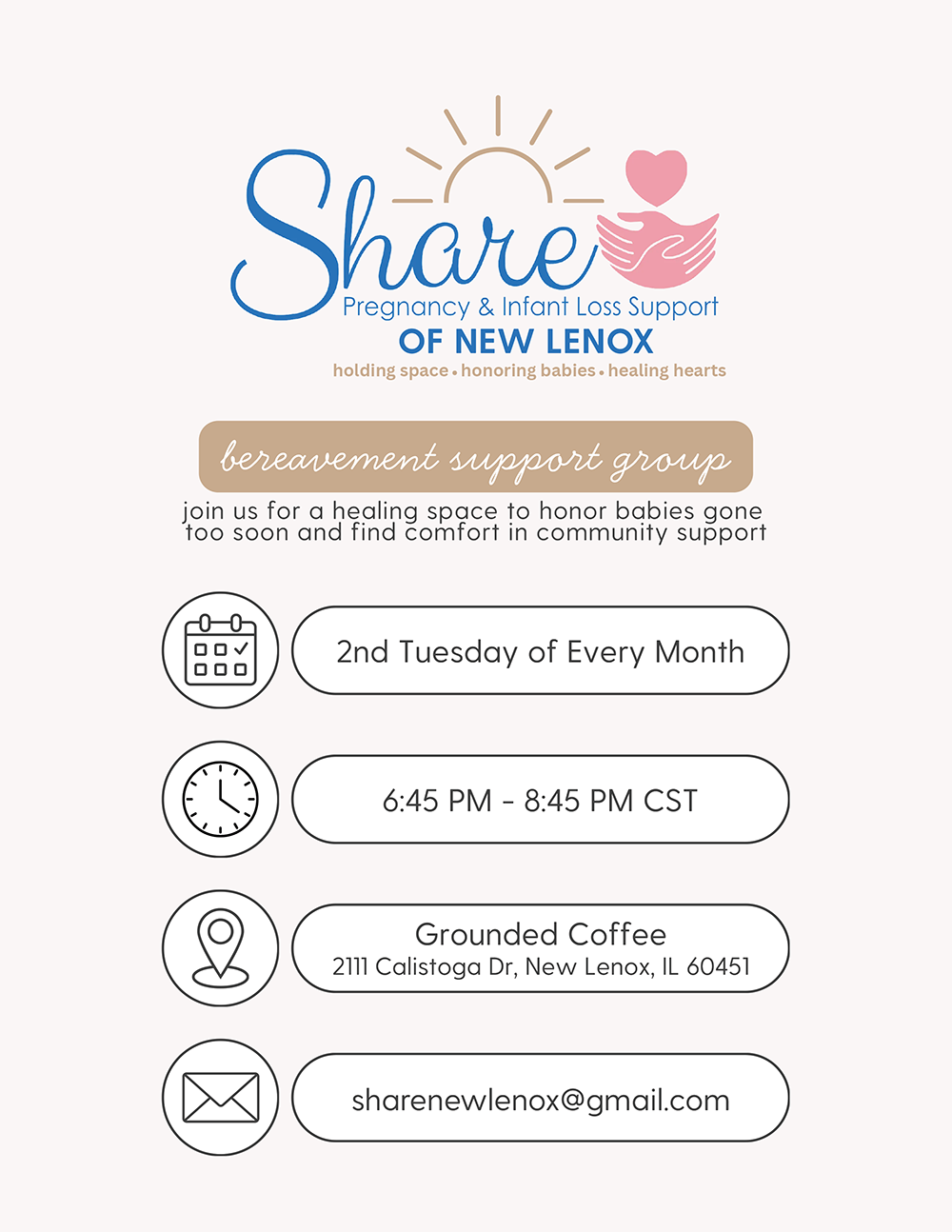
If you have been experiencing unusual symptoms like abnormal bleeding or pelvic pain, your doctor may recommend a hysteroscopy. This procedure is commonly used to diagnose or treat problems within the uterus and can provide valuable insights that other tests may not offer. At Partners in Obstetrics & Women’s Health, we want you to feel informed and confident when it comes to your health.
What Is a Hysteroscopy?
A hysteroscopy is a minimally invasive procedure that allows your doctor to examine the inside of your uterus using a thin, lighted instrument called a hysteroscope. This device is inserted through the vagina and cervix to provide a clear view of the uterine lining. The procedure can be done for diagnostic purposes or to perform minor surgical treatments.
Common Reasons for a Hysteroscopy
Your doctor may recommend a hysteroscopy for several reasons, including:
Abnormal Uterine Bleeding: Heavy, irregular, or postmenopausal bleeding often warrants a closer look. A hysteroscopy can help determine the cause of these symptoms and guide the next steps in treatment.
Polyps or Fibroids: If imaging tests suggest the presence of polyps or fibroids in the uterus, a hysteroscopy can confirm their location and size. In some cases, these growths can be removed during the same procedure.
Recurrent Miscarriages or Infertility: A hysteroscopy may be used to identify uterine abnormalities such as adhesions or septums that could be affecting fertility or contributing to pregnancy loss.
Retained Products of Conception: After a miscarriage or childbirth, tissue can remain in the uterus and cause complications. Hysteroscopy allows for a clear view and safe removal of this tissue.
Evaluation of the Uterine Cavity Before IVF: For women undergoing in vitro fertilization, a hysteroscopy may be part of the preparation process to ensure the uterine environment is optimal for implantation.
Removal of an Intrauterine Device (IUD): If an IUD has become embedded or difficult to remove, a hysteroscopy can help retrieve it safely.
What to Expect During the Procedure
A hysteroscopy may or may not require anesthesia depending on the purpose and your individual needs. Your doctor may advise you to schedule the procedure shortly after your period, when the uterine lining is thinnest and visibility is best.
During the procedure, the hysteroscope is gently inserted through the cervix into the uterus. Saline or gas may be used to expand the uterus for better viewing. If necessary, small instruments can be used through the hysteroscope to perform treatment.
After the procedure, most women experience mild cramping or light spotting afterward. Recovery is usually quick, and you can often return to normal activities within a day or two.
Schedule Your Consultation Today
A hysteroscopy is a valuable diagnostic and treatment tool that can provide clarity and relief for many women experiencing gynecologic symptoms. It is a safe and effective procedure that gives your provider a direct view of the uterus, helping to identify and resolve issues that may be affecting your health.
If you are experiencing symptoms such as abnormal bleeding or unexplained pelvic pain, Partners in Obstetrics & Women’s Health is here to help. Schedule a consultation to learn more about whether a hysteroscopy may be right for you. Visit our office in New Lenox, Illinois, or call (815) 240-0554 to book an appointment today.









